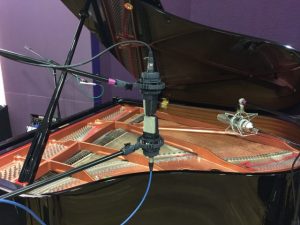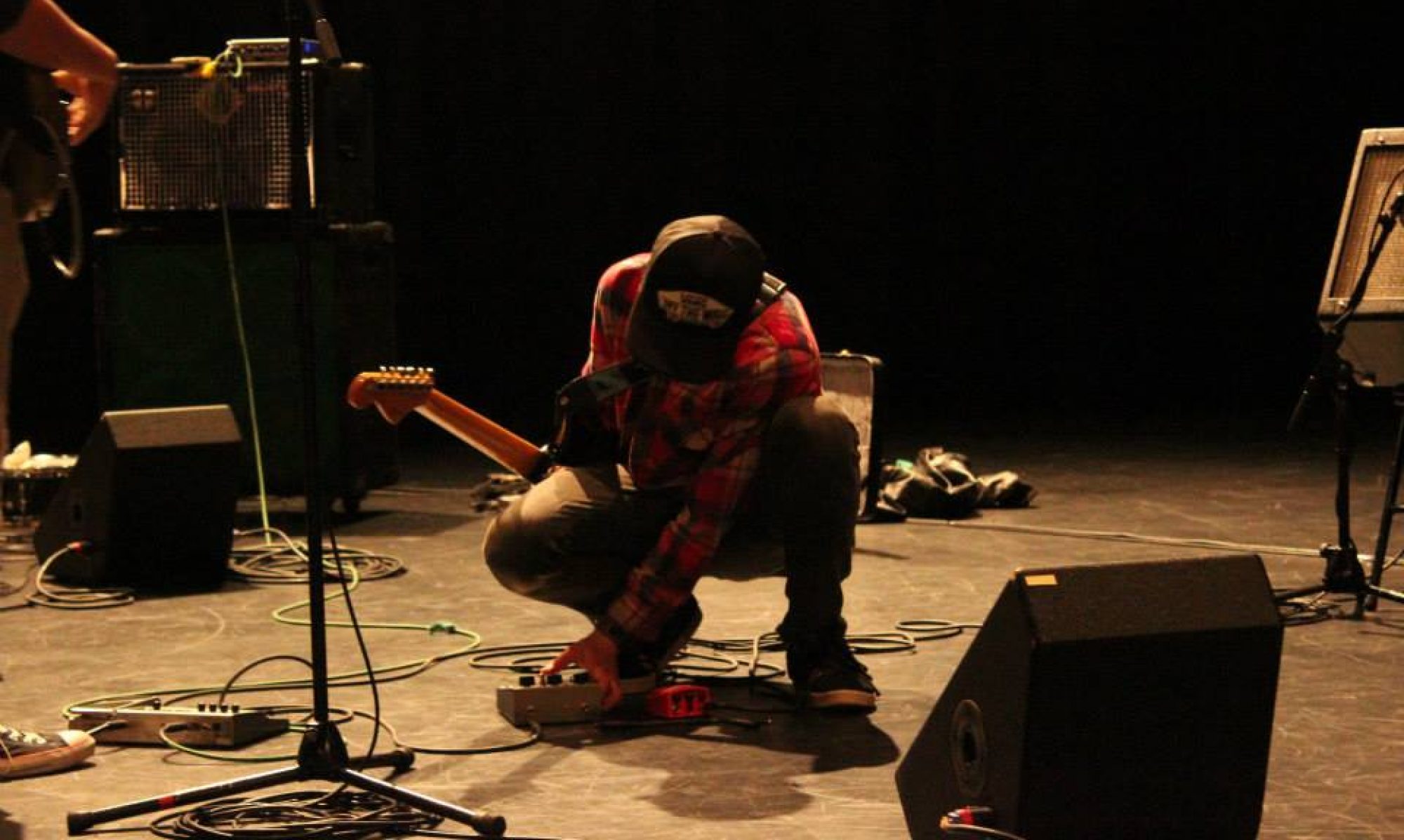Piano Microphone technique
Spaced Pair (A/B) Technique
Two cardioids spaced a foot or two apart are placed at or around the unhinged side opening of a grand piano. The mic closer to the keyboard can be thought of as a treble mic, the other as a bass.

How it works:
piano microphone technique
Blumlein Technique
This technique uses two figure-of-eight pattern ribbon mics as the benchmark for producing an authentic representation of a performance in a room. The Blumlein method uses the two mic elements angled at 90 degrees and mounted in close proximity to each other along the vertical axis.
- more natural sound
- used for ribbon and condenser microphones
- popular technique for recording in studio

How it works:
Clarinet Miking Techniques
CLARINET MIKING TECHNIQUES
By Cavin Lee
Resource #1
In this resource, Range of Sounds, Robert Ruby blogs on recording clarinet in a studio. He recommends using a large diaphragm condenser microphone, Neumann U87. It is known to highlight high frequency sounds. It would also be useful for if the player and producer wants to capture a breathy production. However, if they seek smooth tones, the ribbon mic is the best choice. Ribbon mic’s are known for the dark and warm tone but also highly responsive to the EQ. The clarinet should be 1-2 feet away from the microphone if the person seeks a bright and modern tone and 4-8 feet for a classical-like sound.
Resource #2
From 1:56 to 2:40, the speaker begins talking of recording techniques for the clarinet. He recommends using the AT4040 Cardioid Condenser microphone and to place it 10 inches away aimed at the bottom of the right hand. That way, the producer can get a mix of the clarinet sounds and the finger noise. He also mentions that miking the bell of the clarinet is the not the best choice as not all the sounds will come from the bell. It will also come from the empty holes that are not played.
